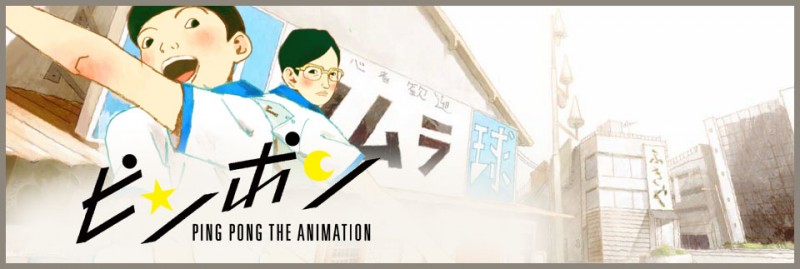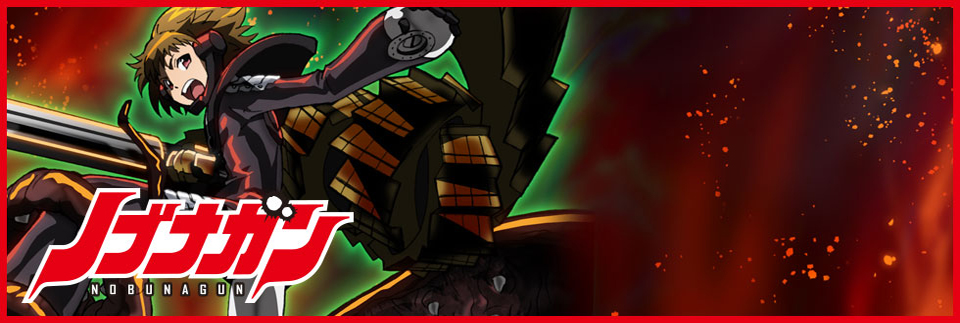
©Taiyou Matsumoto, Shogakukan / PingPong The Animation Committee.
Licensed by FUNimation® Productions, Ltd. All Rights Reserved.
Well, I’m a little late posting it this time, but yep, I’m doing another simulcast this season: Ping Pong the Animation.
It’s based on the 1990s manga Ping Pong, which was popular enough to get a live-action film you may have seen (I’ve read the manga in Japanese, but I’m waiting to watch the movie’s English-language release until I’m done with the TV show, to avoid accidentally copying it). Like many sports anime, it’s a coming-of-age story about high school boys, but it’s got some intriguing differences as well.
First and foremost, the art style. It’s an unusual one: stylized rather than realistic, but not in the overly pretty way you so often see, and not in the cartoony way either. It’s simultaneously colorful and washed-out. And above all, it fits the original story more perfectly than I could have dreamed. The manga has a very sketch-like, rough quality that’s hard to maintain the feel of in animation. This really works, and at the same time its unreal components lend themselves well to the “hero” daydreams the main character has. It’s not a style I’ve liked much elsewhere, but I’m enjoying it a lot here.
The part that’s great except for how rough it is on me: it is really hard-core about its sport. Two episodes have aired so far, and both of them required me to learn a lot in a short time… which has been especially challenging in the case of table tennis, because to my surprise, there is evidently no Japanese<>English table tennis glossary in existence. ;_; So, you guessed it, I am having to learn the game in two languages and then try to figure out what corresponds to what, plus what’s unique in each language and doesn’t correspond to anything. After the relaxing Nobunagun, this is a far more difficult project. (If any of you are table tennis experts, let me know!)
Episodes 1 & 2 are up now at the FUNimation site, and Episode 1 is up on Hulu. If you’re a paid member of funimation.com, you can watch each week’s episode subtitled day and date with the Japanese broadcast. If not, you can watch the episodes for free starting one week after that. These one-week delayed episodes are free to watch both on FUNimation and Hulu’s sites.




